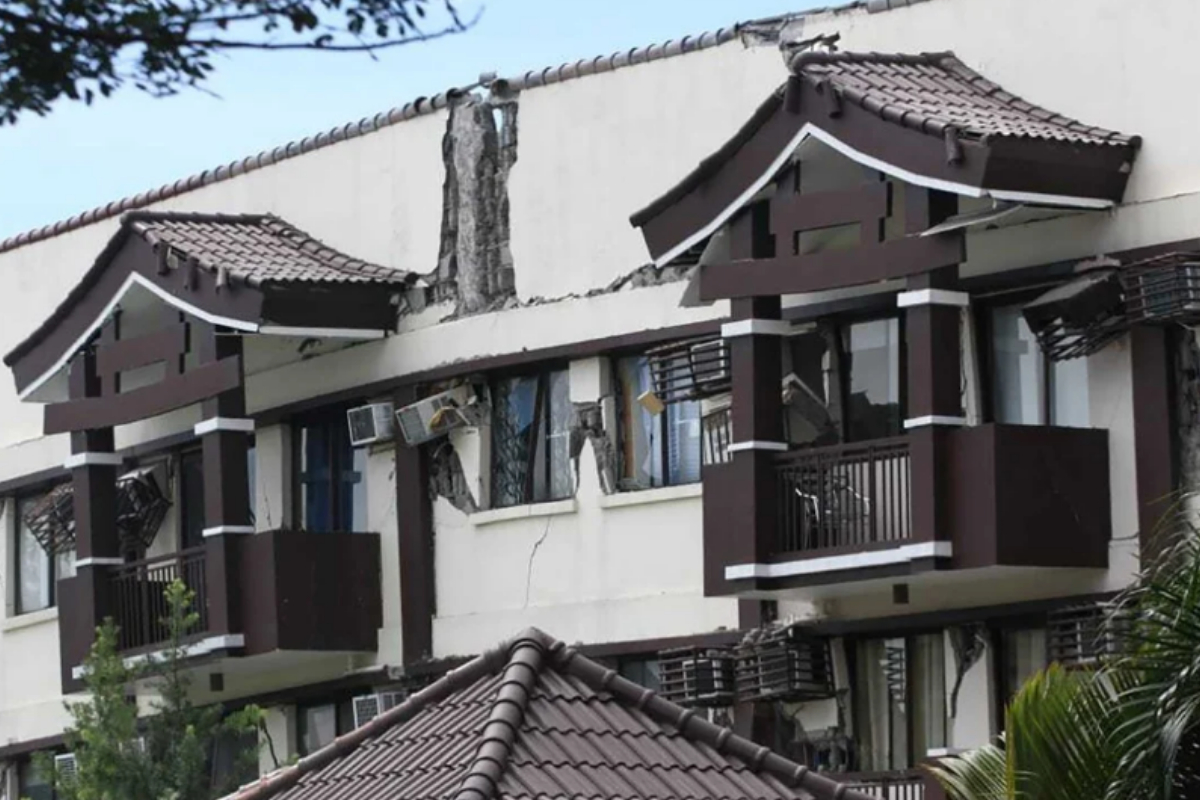Philippines accuses China of using ‘military-grade’ laser against its vessels in South China Sea
The glare from the laser temporarily blinded the crew. The ship was...

6.0 magnitude earthquake strikes the southern Philippines
The United States Geological Survey reported a 6.0-magnitude earthquake in the southern Philippines on Tuesday, with local authorities warning of aftershocks and potential damage.
The shallow quake happened at about 2:00 pm (0600 GMT), a few miles from Maragusan municipality in the hilly gold-mining district of Davao de Oro on Mindanao island.
Although shallow earthquakes do greater damage than deeper ones, there were no immediate confirmed reports of serious damage.
According to a staffer at the Maragusan disaster office, authorities were investigating claims of a landslide on a national route.
“We have not received any reports of other damage or casualties, but we are checking the villages around the town,” he added, declining to give his name.
“Things shook at the office but there was no damage.”
The quake lasted around 30 seconds and was followed by aftershocks, according to Corporal Stephanie Clemen of Tagum police, roughly 40 kilometers (25 miles) from Maragusan.
“We hid behind our desks instantly, and when the ground stopped trembling, we went right outside,” Clemen told.
“We are still outside because a moderate aftershock just hit.”
While the quake did not appear to have destroyed anything, it was powerful enough to “cause fear,” according to Clemen.
Phoebe Alberto and her coworkers at the disaster office in New Bataan municipality, which borders Maragusan, evacuated when the building rocked.
“We are still assessing damage to our building if any,” said Alberto. “We are here outside now.”
In the Philippines, which sits along the Pacific “Ring of Fire,” an arc of strong seismic and volcanic activity that spans from Japan to Southeast Asia and across the Pacific basin, earthquakes occur on a daily basis.
Most are too weak to be sensed by humans, but powerful and destructive ones strike at random, with no technology to forecast when or where they will strike.
The nation’s civil defense administration conducts drills that simulate earthquake scenarios along active fault lines on a regular basis.
Catch all the Business News, Breaking News Event and Latest News Updates on The BOL News
Download The BOL News App to get the Daily News Update & Live News.